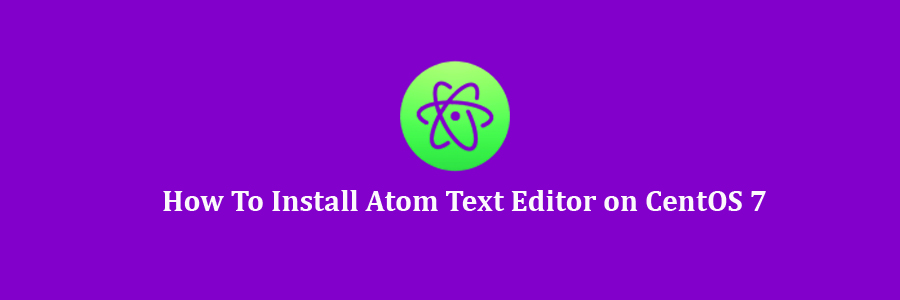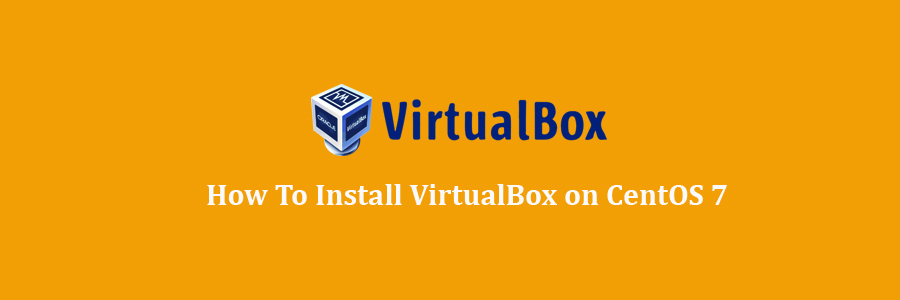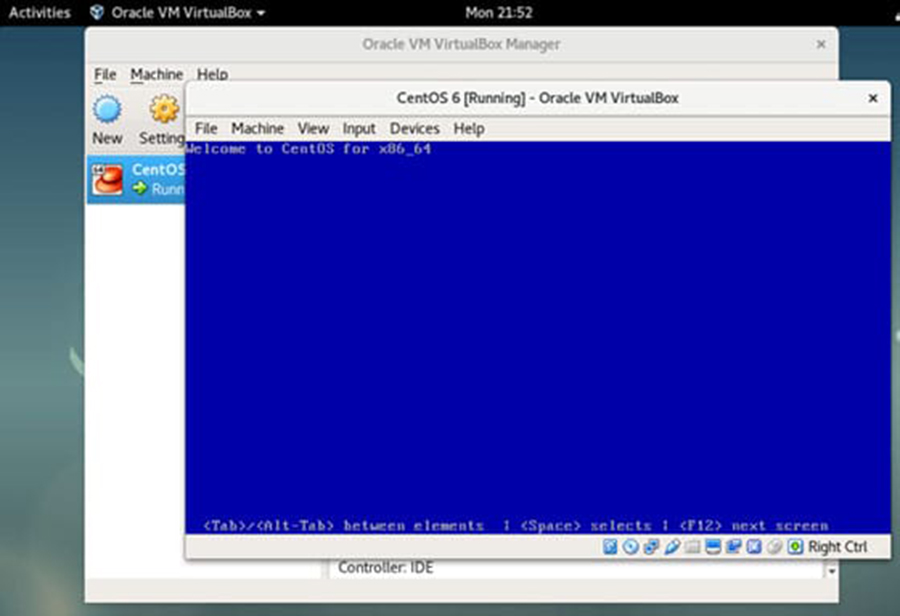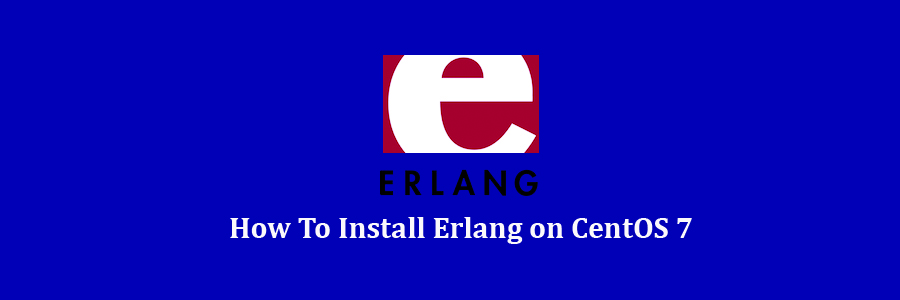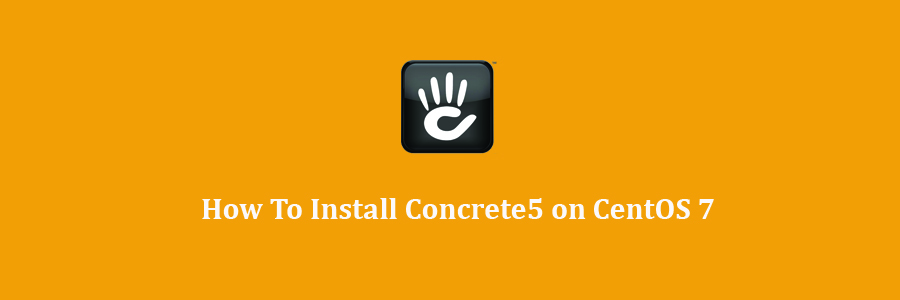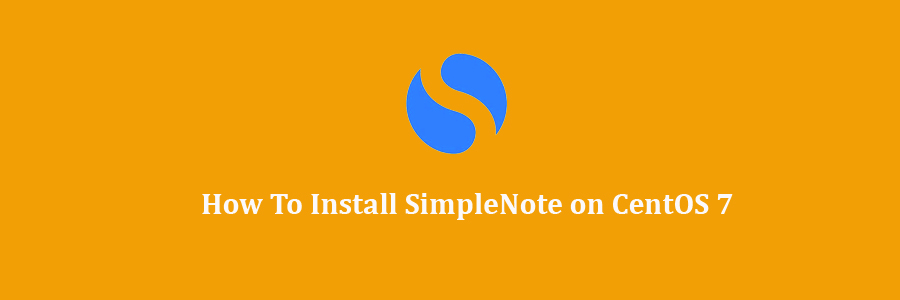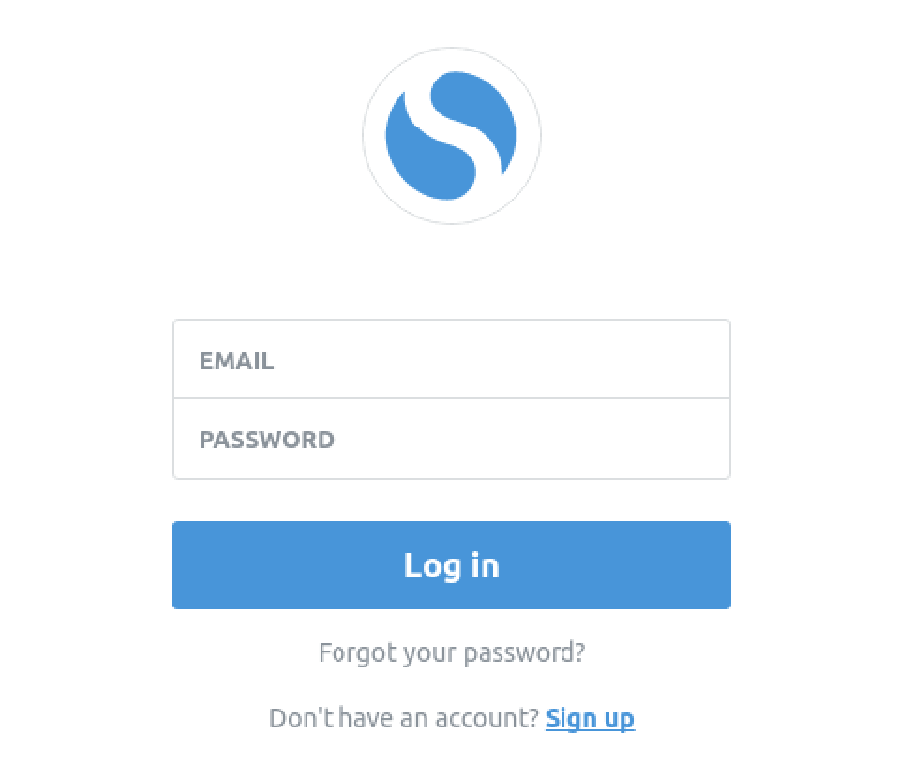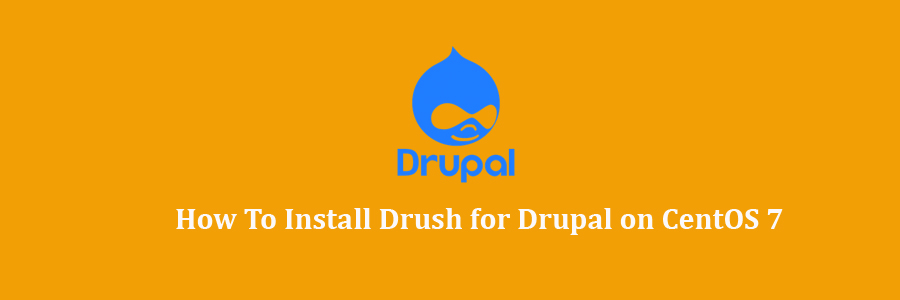Live helper chat is a free, flexible, and open-source live support chat for your website. It is written in PHP and uses MySQL/MariaDB to store its data. It provides lots of features such as online user tracking, multiple chats, archive chat, user screenshots, file upload and much more. It provides desktop clients for operators and also supports XMPP. It is widely used on many websites.
Table of Contents
Step 1. First let’s start by ensuring your system is up-to-date.
Step 2. Install LAMP server.
Step 3. Installing Live Helper Chat.
Step 4. Configuring MariaDB for Live Helper Chat.
Step 5. Configuring Apache web server for Live Helper Chat.
Step 7. Accessing Live Helper Chat.
Prerequisites
This article assumes you have at least basic knowledge of Linux, know how to use the shell, and most importantly, you host your site on your own VPS. The installation is quite simple and assumes you are running in the root account, if not you may need to add ‘sudo’ to the commands to get root privileges. I will show you through the step by step installation Live Helper Chat on a CentOS 7 server.
Install Live Helper Chat on CentOS 7
Step 1. First let’s start by ensuring your system is up-to-date.
yum clean all
yum -y update
Step 2. Install LAMP server.
A CentOS 7 LAMP stack server is required. If you do not have LAMP installed, you can follow our guide here. Also install required PHP modules:
yum -y install php-gd php-imap php-ldap php-pear php-xml php-xmlrpc php-mbstring php-mcrypt curl curl-devel
Step 3. Installing Live Helper Chat.
First thing to do is to go to Live Helper Chat’s download page and download the latest stable version of Live Helper Chat:
wget https://github.com/remdex/livehelperchat/archive/master.zip
After downloading Concrete5 you will need to unzip master.zip. To do this, run:
unzip master.zip
mv livehelperchat-master /var/www/html/livechat
We will need to change some folders permissions:
chown -R apache:apache /var/www/html/livechat
Step 4. Configuring MariaDB for Live Helper Chat.
By default, MariaDB is not hardened. You can secure MariaDB using the mysql_secure_installation script. you should read and below each steps carefully which will set root password, remove anonymous users, disallow remote root login, and remove the test database and access to secure MariaDB:
mysql_secure_installation
Configure it like this:
- Set root password? [Y/n] y
- Remove anonymous users? [Y/n] y
- Disallow root login remotely? [Y/n] y
- Remove test database and access to it? [Y/n] y
- Reload privilege tables now? [Y/n] y
Next we will need to log in to the MariaDB console and create a database for the Live Helper Chat. Run the following command:
mysql -u root -p
This will prompt you for a password, so enter your MariaDB root password and hit Enter. Once you are logged in to your database server you need to create a database for Concrete5 installation:
MariaDB [(none)]>CREATE USER 'user'@'localhost' IDENTIFIED BY 'password';
MariaDB [(none)]>GRANT ALL PRIVILEGES ON livechatdb.* TO 'user'@'localhost' IDENTIFIED BY 'password' WITH GRANT OPTION;
MariaDB [(none)]>FLUSH PRIVILEGES;
MariaDB [(none)]>exit;
Step 5. Configuring Apache web server for Live Helper Chat.
We will create Apache virtual host for your Live Helper Chat website. First create ‘/etc/httpd/conf.d/vhosts.conf’ file with using a text editor of your choice:
nano /etc/httpd/conf.d/vhosts.conf
IncludeOptional vhosts.d/*.conf
Next, create the virtual host:
mkdir /etc/httpd/vhosts.d/
nano /etc/httpd/vhosts.d/yourdomain.com.conf
Add the following lines:
ServerAdmin [email protected]
DocumentRoot "/var/www/html/livechat/lhc_web"
ServerName yourdomain.com
ServerAlias www.yourdomain.com
ErrorLog "/var/log/httpd/yourdomain.com-error_log"
CustomLog "/var/log/httpd/yourdomain.com-access_log" combined
<Directory "/var/www/html/livechat/lhc_web">
DirectoryIndex index.html index.php
Options FollowSymLinks
AllowOverride All
Require all granted
Save and close the file. Restart the Apache service for the changes to take effects:
systemctl restart httpd.service
Next step, we should allow HTTP traffic on port 80 through firewalld. You can do this by running the following command:
firewall-cmd --zone=public --add-service=http --permanent
firewall-cmd --reload
Step 7. Accessing Live Helper Chat.
Live Helper Chat will be available on HTTP port 80 by default. Open your favorite browser and navigate to http://yourdomain.com or http://server-ip and complete the required the steps to finish the installation.
Congratulation’s! You have successfully installed Live Helper Chat. Thanks for using this tutorial for installing Live Helper Chat on CentOS 7 system. For additional help or useful information, we recommend you to check the official Live Helper Chat web site.
